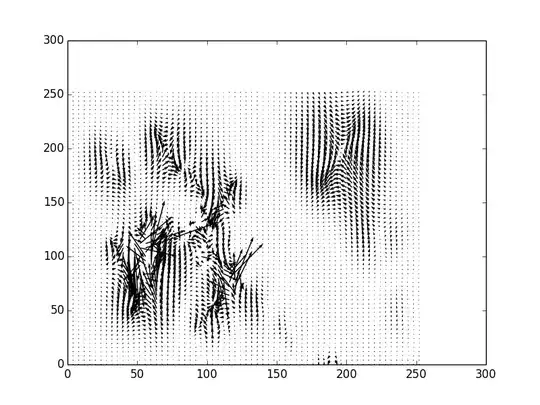I have a set of temperature measurements from amateur meteo stations around the place I live in. Being amateur meteo stations, the measurements vary because of the placement of the probe, measurement conditions, etc.
I would like to derive a realistic mean from these measurements.
The frequency distribution for this morning is
Since the temperature was around 4 to 7°C (according to the official bulletin), the bulk of the measurements makes sense, except for a few which must be next to a heater or something.
How to calculate the mean of such a sample? (specifically to convey less weight to these bizarre temperatures)
My first thought is to make a distribution in a 1° bins (I will just show an rounded temperature) and calculate a mean from the frequency table.
But then I though that since the temperature distribution should be normal (source: gut feeling) then maybe there is a mechanism to get rid of "the measures which do not match to a normal distribution made on the bulk of measurements" (I am sure there is a theorem named after someone which states exactly this)
I am looking for an automatic mechanism / algorithm as the data pooling and handling will be scripted.
